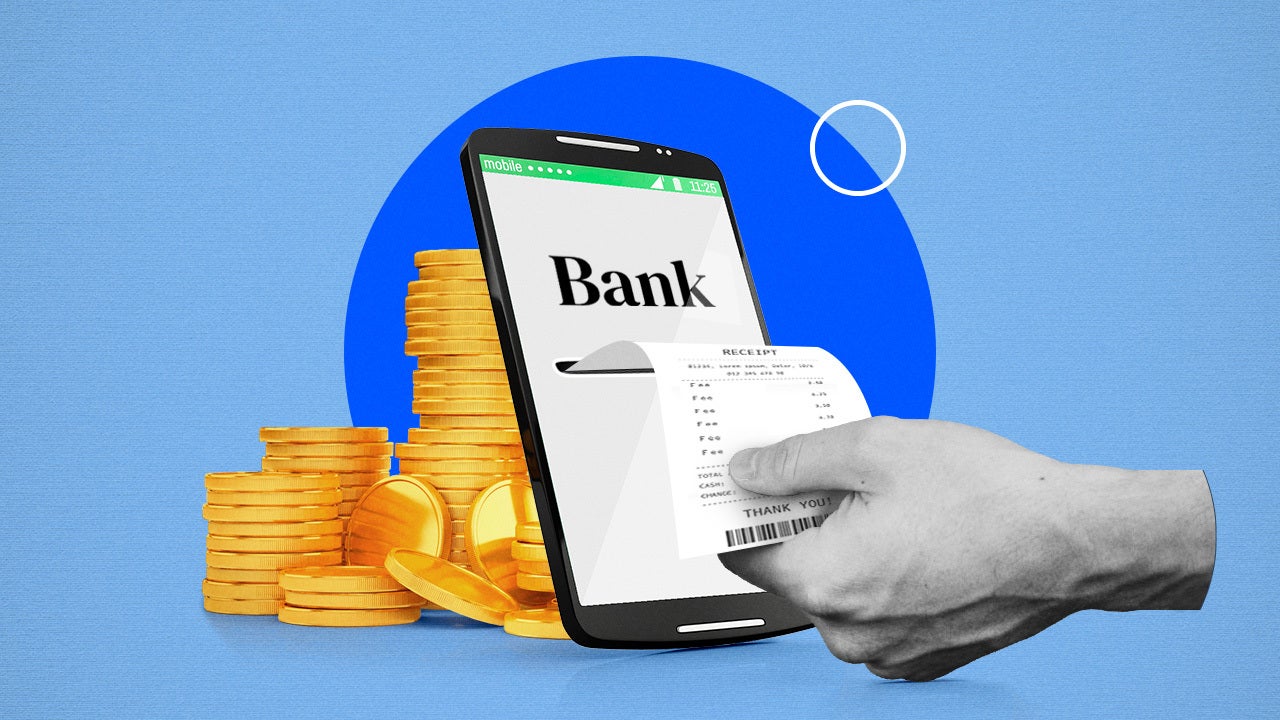Survey: More than half of Americans couldn’t cover three months of expenses with an emergency fund

Even with the coronavirus recession declared officially over, a new nationwide Bankrate poll suggests that its aftermath will weigh on Americans’ wallets for a while.
More than half of Americans (or 51 percent) have less than three months’ worth of expenses covered in an emergency fund, according to Bankrate’s July 2021 Emergency Savings Survey. That total includes 1 in 4 Americans (or 25 percent) who indicate having no emergency fund at all — up from 21 percent in 2020.
Illustrating the pandemic’s devastating toll, just 1 in 6 (or 17 percent) report having more cash stashed away in their sleep-well-at-night fund today than before the pandemic, while two times as many (34 percent) say they have less money in their savings account today.
“Americans’ emergency savings may not be in better shape after all,” says Greg McBride, CFA, Bankrate chief financial analyst. “Just 1 in 6 households report having more emergency savings now than prior to the pandemic, and it is predominantly higher income households and those with fully funded emergency savings.”
Key takeaways:
- More than half of Americans (51 percent) have less than three months’ worth of emergency expenses.
- Twice as many Americans (or 34 percent) say they have less emergency savings now than pre-pandemic, compared with 17 percent who say they have more.
- Americans’ confidence with their current emergency savings levels is nearly split, with 50 percent feeling comfortable and 48 percent feeling uncomfortable with where they’re at.
More than half of Americans have less than three months’ worth of expenses in an emergency fund
Few Americans have six to nine months’ worth of expenses — the amount that financial planners commonly recommend keeping on hand — stashed away in an emergency fund.
A quarter of Americans (25 percent) say they have six months’ worth of expenses stashed away in a savings account for unplanned expenses. Another 19 percent say they could cover three to five months’ worth of their bills and living costs with their emergency fund, according to Bankrate’s poll.
That’s in addition to the 25 percent of households who report having no savings at all and another 26 percent that say they have less than three months’ of expenses covered in an emergency account.
When it comes to demographics, younger Americans haven’t saved as much as their older counterparts. More than half (or 57 percent) of millennials (those between the ages of 25 and 40) either have no emergency savings at all or couldn’t cover three months’ worth of expenses. That compares with 44 percent of Generation X respondents (ages 41-56) and 49 percent of baby boomers (ages 57-75). Vice versa, 30 percent of baby boomers and 29 percent of Gen Xers have enough emergency savings to cover at least six months of expenses, compared to 19 percent of millennials.
Men also reportedly had a better savings picture. Roughly 2 in 5 (or 44 percent) said they wouldn’t be able to cover more than three months’ of expenses, compared with 57 percent of women. Meanwhile, 27 percent of men could cover half a year of expenses compared with 23 percent of women.
Higher-income earners more likely to have sufficient savings
Above all, however, income levels proved to be the biggest driver of Americans’ wherewithal to cover emergencies, with lower-income Americans overwhelmingly more likely to have minimal money in their emergency fund.
Nearly half (or 49 percent) of households earning less than $30,000 annually and 27 percent of those earning between $30,000-$49,999 annually have no emergency savings. That compares with 13 percent earning between $50,000-$74,999 annually and 14 percent earning $75,000 or more annually.
Just 9 percent of the lowest earning households and 17 percent earning between $30,000-$49,999 annually have enough emergency savings to cover six months of expenses. Meanwhile, a quarter (or 25 percent) of those earning between $50,000-$74,999 annually and more than 2 in 5 (43 percent) of households earning $75,000 or more annually have that level of savings stashed away.
Twice as many Americans say they have less emergency savings today after the pandemic
The coronavirus pandemic has been a drain on Americans’ savings accounts — and more likely than not, Americans’ savings pictures deteriorated or at least showed minimal improvement during the crisis.
Only 17 percent of U.S. adults report having more emergency savings now compared to pre-pandemic, while twice as many (34 percent) indicate having less emergency savings now.
Close to half (48 percent) say the amount of emergency savings they have now is unchanged from pre-pandemic levels. That total includes 6 percent who never had any emergency savings, both before and after the coronavirus crisis.
Higher-income earners were considerably more equipped to weather the coronavirus pandemic. Individuals who earned under $30,000 a year were more than 3.5 times likely to have less savings (47 percent) than more (13 percent). At the same time, households earning $75,000 or more annually were equally as likely to have more or less (27 percent) emergency savings now than pre-pandemic.
Such statistics correspond with other national surveys of the pandemic’s toll. The coronavirus pandemic wiped out nearly 22.2 million positions, most of them concentrated in the low-wage retail, tourism and hospitality sectors. That resulted in nearly 40 percent of the country’s poorest households, those earning less than $40,000 a year, being hit with joblessness, according to a May 2020 Federal Reserve survey.
Americans are nearly split on their comfortability with their current emergency savings levels
Overall, households are closely split on how secure they feel about their emergency savings levels, with 51 percent reportedly feeling comfortable and 48 percent feeling uncomfortable.
Lower-income Americans would prefer to have more money stashed away for emergencies, Bankrate’s poll found. More than one-third (or 35 percent) of households earning under $50,000 annually say they are comfortable with their level of emergency savings, compared with 62 percent of those earning over $50,000 annually.
Younger Americans are also feeling apprehensive about their savings rates. More than half of millennials (55 percent) are uncomfortable with their level of emergency savings, compared with 46 percent of Gen Xers and 48 percent of baby boomers.
Unsurprisingly, the more Americans report having stashed away, the more comfortable they feel with their savings levels. Individuals with no emergency savings at all were eight times more likely to feel uncomfortable with their savings rates (41 percent) than those who could cover at least six months of expenses (5 percent) or at least 3 to five months (17 percent).
What this means for you
If the coronavirus pandemic has demonstrated anything, it’s that emergencies can happen without a moment’s notice, from job loss to medical bills. Having an ample emergency fund is prudent financial housekeeping that can help you sleep well at night — and survive those unexpected expenses.
If you’re still trying to build up your emergency fund, consider automating your savings contributions to simplify the process. And when it comes to working those contributions into your budget, take a glance at your non-essential and essential purchases to see if there are any areas you can cut back on.
“It takes time to accumulate a sufficient emergency savings cushion equivalent to at least 6 months’ of expenses, and in part because what constitutes 6 months’ of expenses is itself a moving target from early adulthood through middle age,” McBride says. “This is why the habit of saving – via direct deposit or automatic bank transfer – is so vitally important, as it represents the pathway to accumulating a comfortable savings cushion over time.”
Methodology
This study was conducted for Bankrate via telephone by SSRS on its Omnibus survey platform. The SSRS Omnibus is a national, weekly, dual-frame bilingual telephone survey. Interviews were conducted from June 22-27, 2021 among a sample of 1,009 respondents in English (973) and Spanish (36). Telephone interviews were conducted by landline (202) and cell phone (807, including 542 without a landline phone). The margin of error for total respondents is +/- 3.74 percent at the 95 percent confidence level. All SSRS Omnibus data are weighted to represent the target population.






